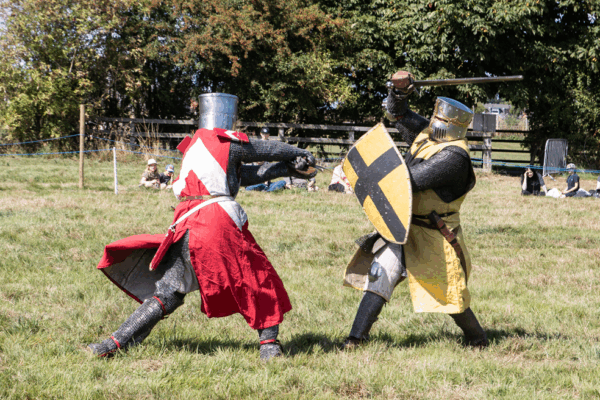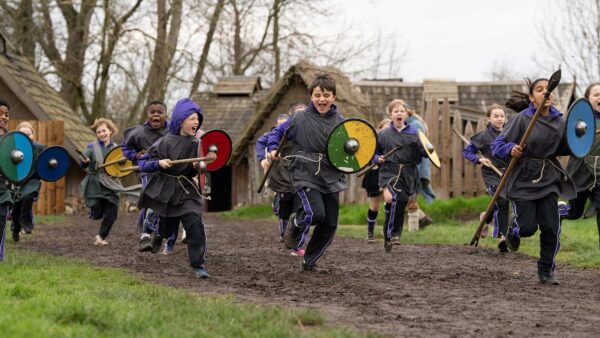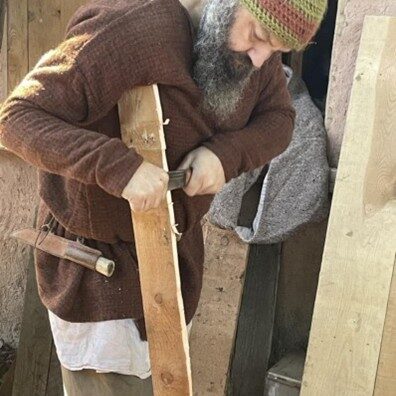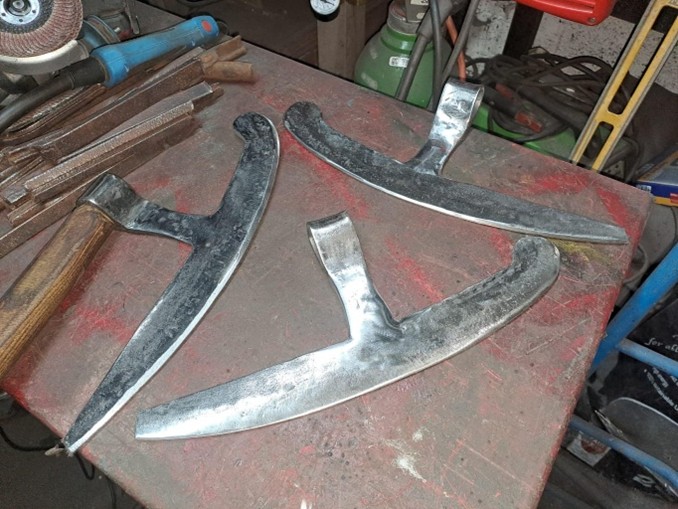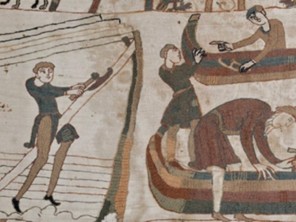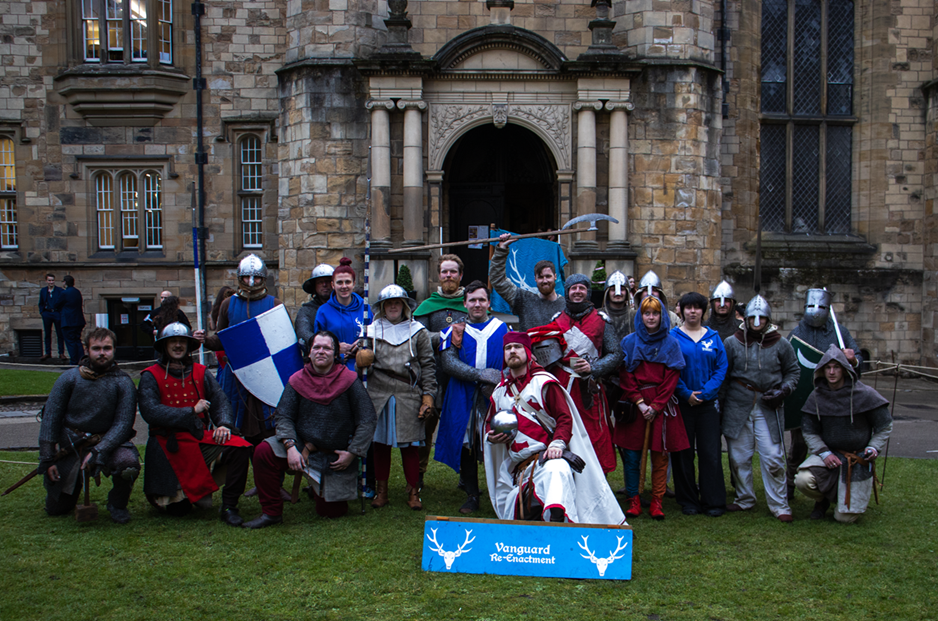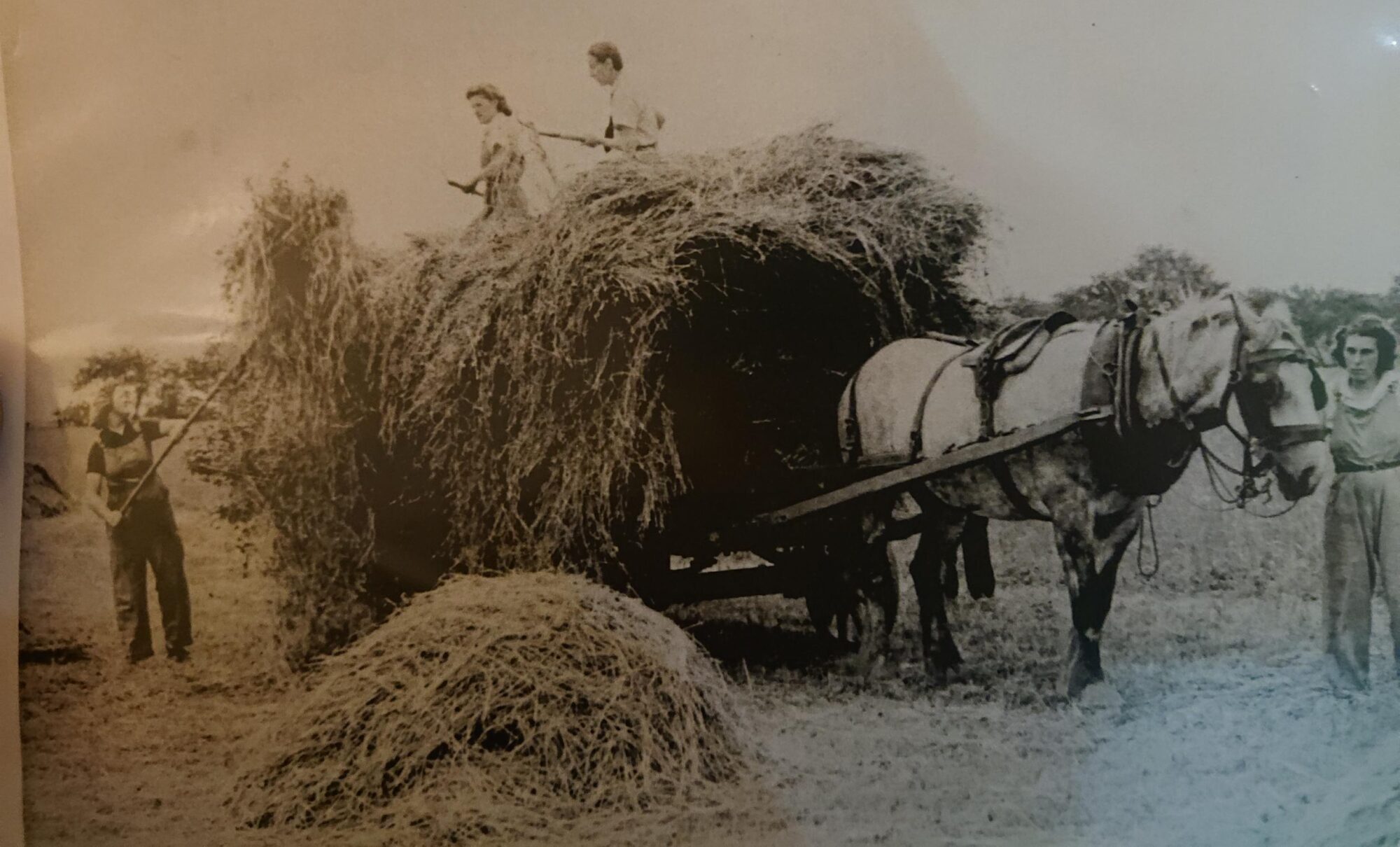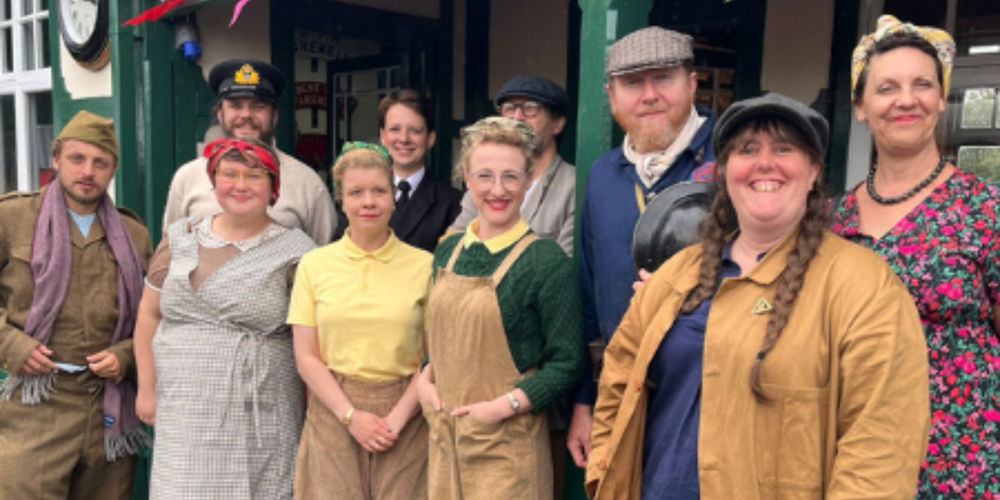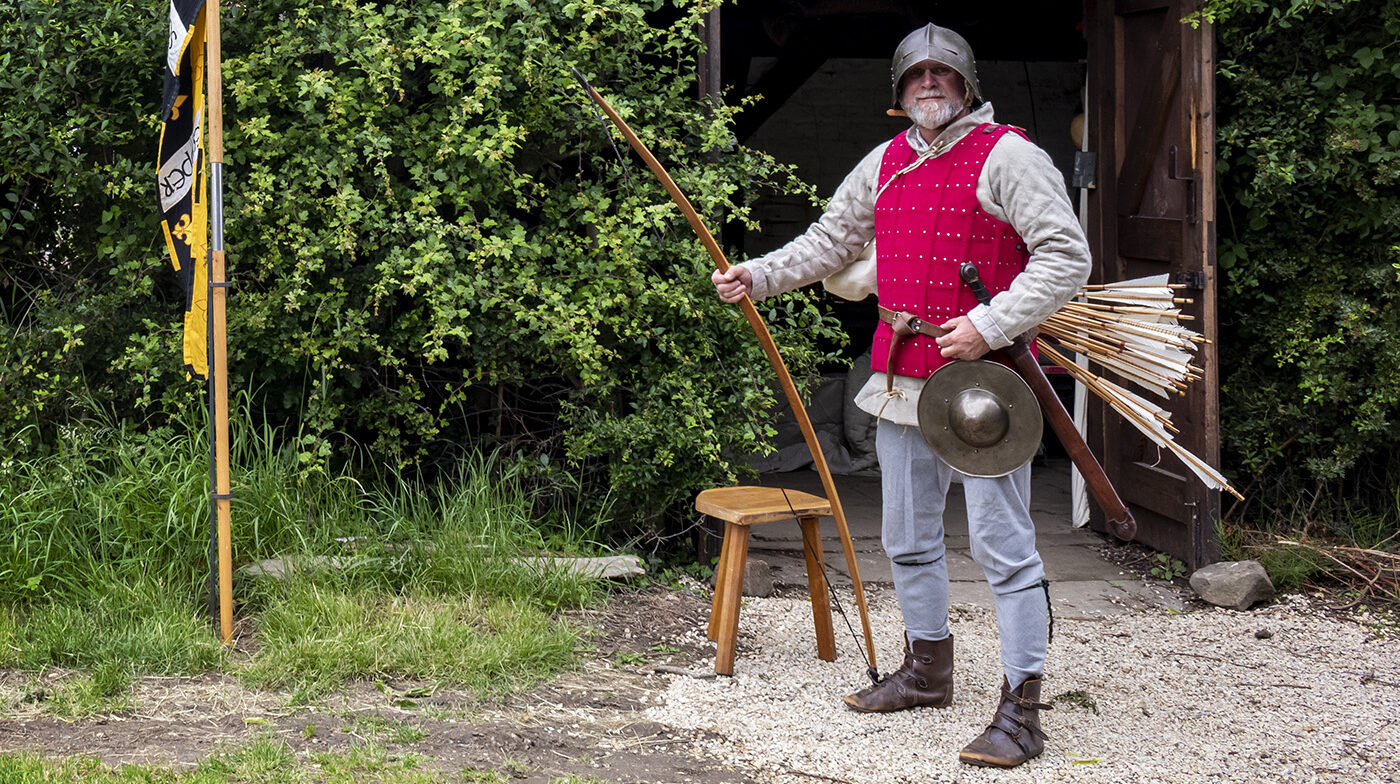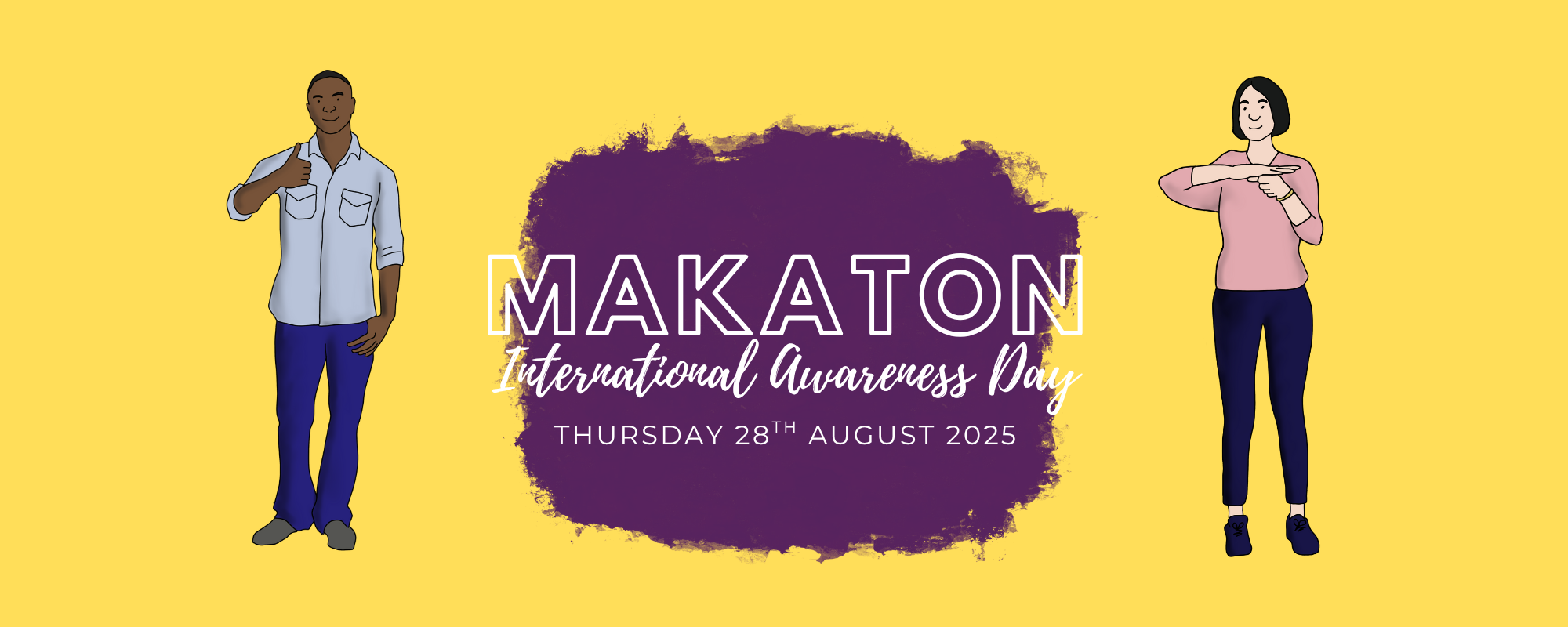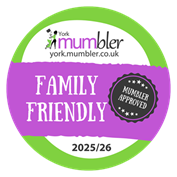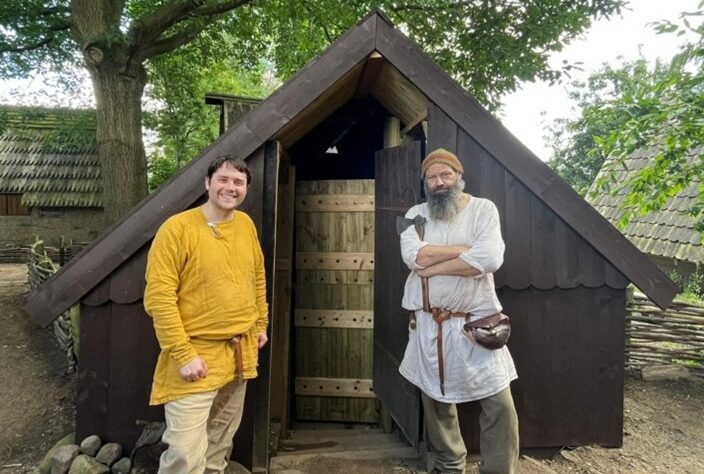
For this issue of the Murton blog, we have a guest entry from Havamal Living History. In this blog, one of the group members, Snorri, interviews another of the group members, Osric, about his time in the Viking world.
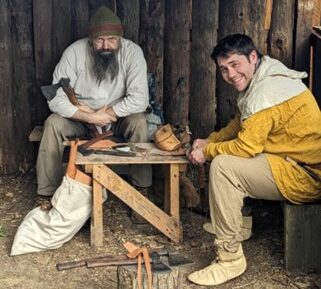
- Tell us who you are in the Viking age and what do you do?
As a group, we focus on living history and experimental archaeology. I portray someone who lives in a village in the 10th century, which is after a lot of the Viking settlements in the British Isles had happened. I demonstrate a range of crafts including leatherwork, woodwork, and metal work, with a specialism in blacksmithing and building work.
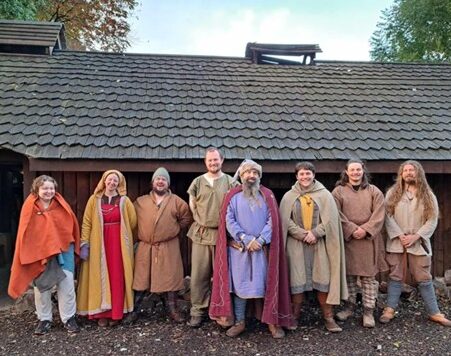
- That’s a lot! It sounds like you’ve been doing this for a long time. How long have you been helping at Murton?
I’ve been coming here for 21 years now. It’s great to see the site going from strength to strength and with so much to see and do these days.
- So, what sort of things do you do on site when Havamal visits?
We are a craft-based group. As well as the crafts, we’ve also done building work on the village – both maintenance and constructing buildings from scratch. Where possible, we use traditional skills and period-correct tools, basing the work on archaeological evidence and Scandinavian techniques contemporary to the Viking age.
For example, for the rebuild of the grubenhaus (a type of Viking house) entrance, this is based on Scandinavian stave churches and other traditional buildings from that part of the world. In particular, the door is based on the church door from nearby Stillingfleet, which dates to the 11th century. We wanted to include this as it is based directly on local history. As well as keeping an eye to the historical accuracy, we were keen to make the building more accessible, so we raised the door height so that it is easier to go inside.
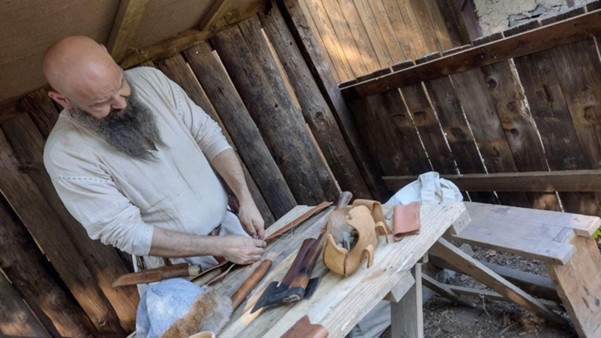
- What about at mealtime?
When we cook, we use the cooking utensils of the time that Vikings would have used, like cooking in a cauldron or using the iron skillets that I made to fry up breakfast in.
We also keep to the foods available at the time so no potatoes or chocolate!
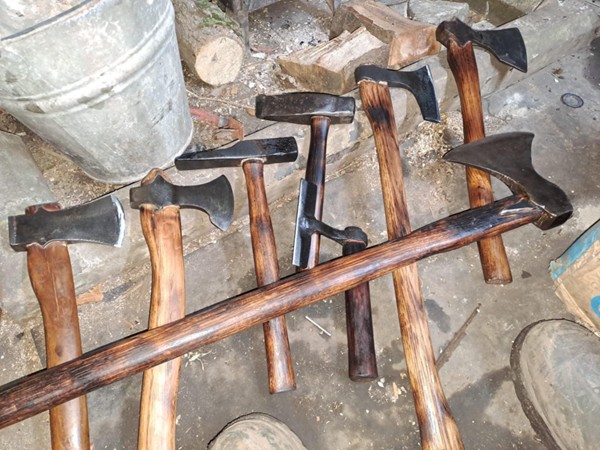
- In terms of blacksmithing, what have you made on the forge?
I focus on practical household items. I don’t make weapons but I make tools and equipment that would be used in daily life, which we use in and around the Viking village at Murton. If you visit Murton Park, you will see the strap hinges and door fittings on the door to the grubenhaus, which I made.
I have also made cookware such as tripods, trivets, cauldrons, skillets, spiral irons and pokers. I’ve made tools for practical use – like axes for chopping wood and knives for whittling or food preparation. I’ve also made some of the tools that I use on the forge like hammers and chisels.
- So, are these things based on archaeological finds?
Yes – I look at finds from across the Viking world but I look closest to home first.
For example, we have looked at archaeological finds from Coppergate in York to start off with as this is very close to Murton. We then spread our research to looking at finds in Yorkshire and then Northumbria. I have also looked further afield at some of the well-known Viking age finds such as those from Hedeby, Birka, Mastermyr and Oseberg (all in Scandinavia). I have used this research to ether make replicas of these finds or make items similar to them.
- Last question. Would you have liked living in the Viking age if you could travel back in time?
No – because I’d be dead now! I’m quite happy with modern antibiotics, the NHS and present-day technology! That said, I love my time in the 10th century!
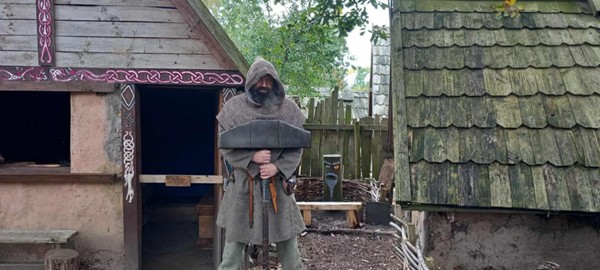
Havamal Living History will return in the future to introduce more of the Vikings to you!

